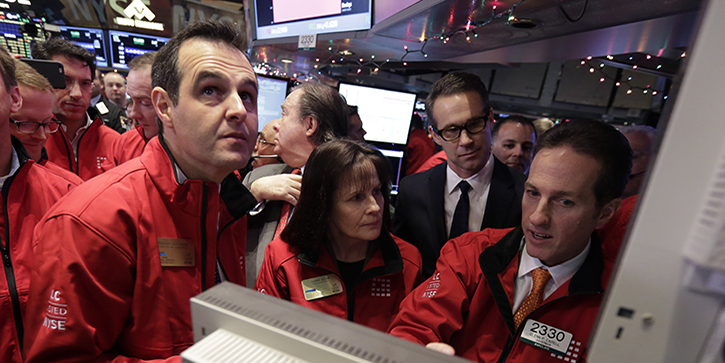
How Investors Can Earn 7% Returns In A 2.5% World—Hint: It’s Not Dividend Stocks
- Stephen McBride
- |
- September 7, 2017
- |
- Comments
This article appears courtesy of RiskHedge.
The 10-year Treasury yield—the benchmark for global yields—is up 55% from its July 2016 lows.
While US debt looks attractive relative to the near-zero yields from European bonds, return rates are still well below their long-term averages.
These paltry gains have led investors to look elsewhere.
The Problem with the New Bonds
Dividend stocks have become the new bonds.
However, years of massive inflows into these funds has inflated their valuations. While the S&P 500 gained 257% since March 2009, the S&P Dividend Aristocrats Index has shot up 280%.
Research Affiliates found that dividend stocks are more expensive than they’ve been over 80% of the time in the last 40 years. Likewise, Morningstar found dividend stocks, measured by its Dividend Yield Focused Index, were overvalued by around 6%.
Buying these stocks at such lofty valuations means taking a big risk. A sharp decline in share prices would dwarf any income received from dividends.
At current levels, the risk-premia offered doesn’t suffice. The average yield on the S&P 500 is 1.94%. By simply investing in 10-year Treasuries, you can earn better returns.
And there’s another problem with dividends today.
Since 2013, S&P 500 companies (excluding financials) have been paying out more cash than they generate. In the long run, this is unsustainable and could result in future cuts to pay outs—erasing the main reason for owning them.
With traditional sources of yield offering meager returns, where’s an investor to turn?
Prospering with Peer-to-Peer Lending
A new asset class that offers investors market-beating returns is Peer-to-Peer (P2P) Lending. The P2P sector has grown rapidly in recent years and is an excellent new source of fixed income.
In 2016, P2P investors earned net annualized returns north of 7%. Even those who took the most conservative approach saw returns of 5%. That’s more than double the average S&P 500 yield.
It’s worth noting that these returns are from 36-month loans. In terms of duration and return, that’s a much better deal than getting 3% on a 30-year Treasury.
In today’s low-yield climate, institutional investors are also getting onboard. Although the industry started out as peer-to-peer, the likes of Citibank and Morgan Stanley now fund around 70% of P2P loans.
Excited about the sector’s future, Goldman Sachs has also launched its own P2P platform, Marcus.
If you want your wealth to grow in this low-interest rate environment, you have to put your money to work. With bond yields still near all-time lows—and dividend stocks not offering a much better deal—P2P lending is a great alternative for astute investors.
Free Report: The New Asset Class Helping Investors Earn 7% Yields in a 2.5% World
While the Fed may be raising interest rates, the reality is we still live in a low-yield world. This report will show you how to start earning market-beating yields in as little as 30 days... and simultaneously reduce your portfolio’s risk exposure.

This article appears courtesy of RH Research LLC. RiskHedge publishes investment research and is independent of Mauldin Economics. Mauldin Economics may earn an affiliate commission from purchases you make at RiskHedge.com
